The Queen of the Chess Board
Since chess is a “royal” game, it seems only logical that king and queen start out a chess game side by side, right in the centre of their army. But where the king will hide in a corner, at least in the earlier phases of the game, the queen is ready to come out right away and create havoc and destruction in the enemy forces.
The queen is by far the most powerful chess piece. She is able to go horizontally, vertically and diagonally, as far as she pleases. As is often the case with royalty, the real power lies with the queen. Her strength is immense compared to any other chessman, and the unfortunate player who happens to lose his queen without adequate compensation will almost always face a quick loss of the game.

However, this was not always so. Until around 1500 AD, the queen could only move one square diagonally and was therefore extremely weak. Half of the squares of the board were unreachable for her at all, while it took her forever to get to the ones that she could reach. Her increasing powers coincided with the start of the Renaissance era in Europe which brought on more enlightened thinking, but it is unclear if the one had anything to do with the other! At any rate, introducing the modern moves for the queen made checkmates easier and the game of chess definitely more exciting.
The queen is the second largest of chess pieces and wears a coronet in standard modern chess sets. But like the king, she has been known to get ornamented with richness and exuberance in pre-standard or modern limited edition chess sets.
The last queen, or pharaoh, to rule ancient Egypt, was Cleopatra. She ruled during the expansion of the great Roman empire and befriended Caesar to strengthen her grip on the throne. Once Caesar was assassinated, she conspired with Mark Anthony against Caesar's legal heir Augustus. They became lovers and had several children together. After losing the decisive battle with Augustus, they both committed suicide.



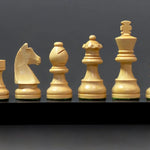
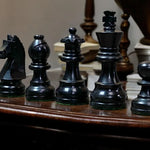
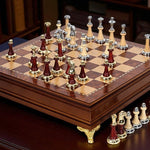
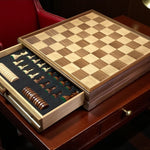
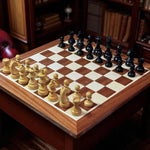
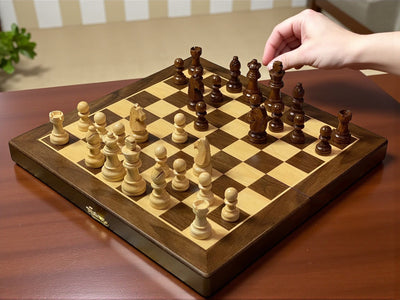
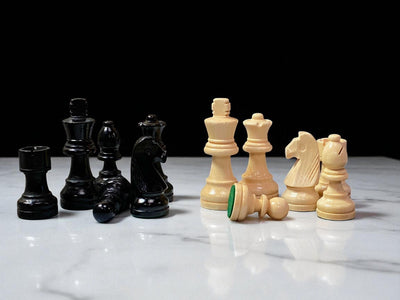
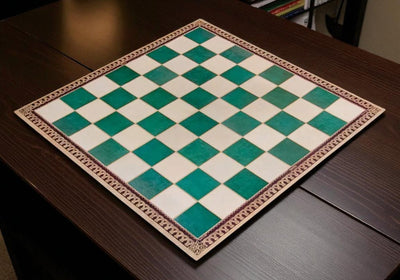
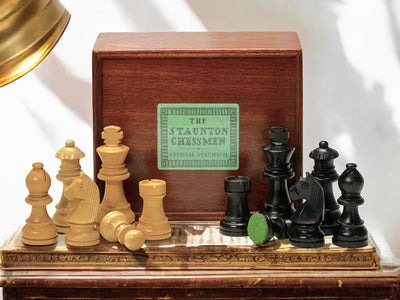
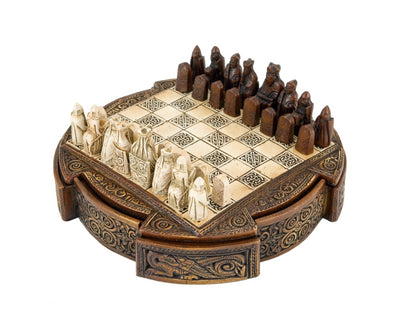
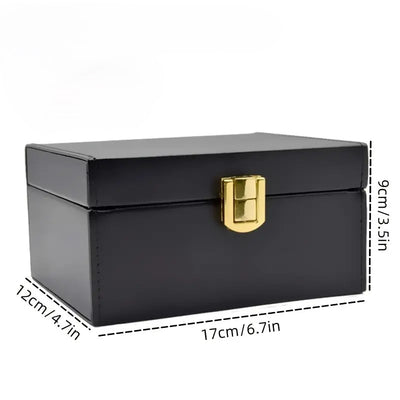
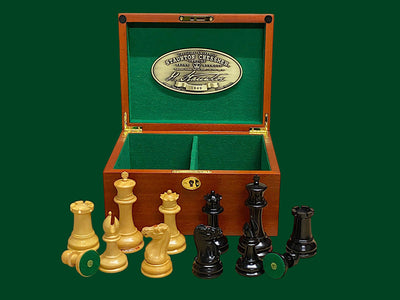
Leave a comment